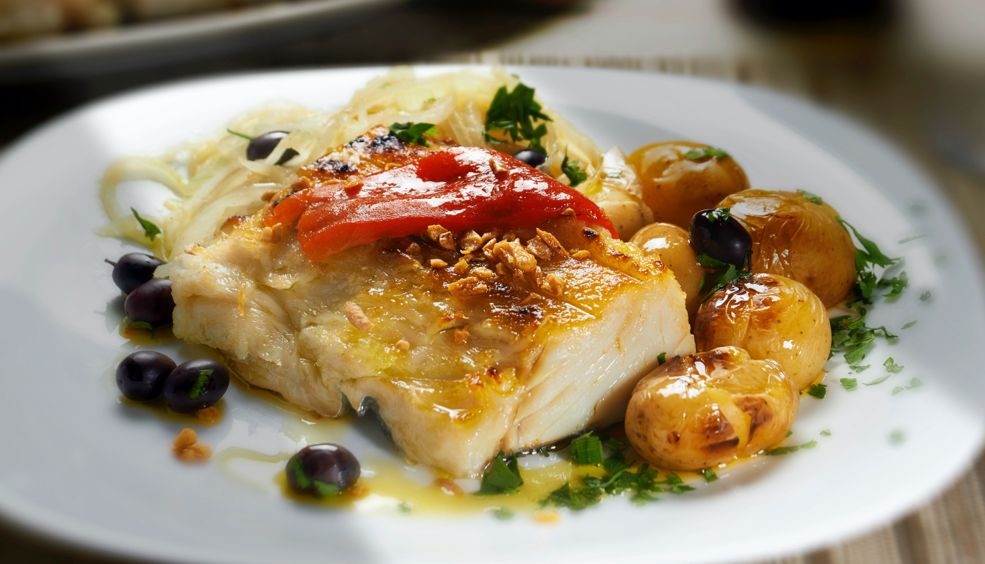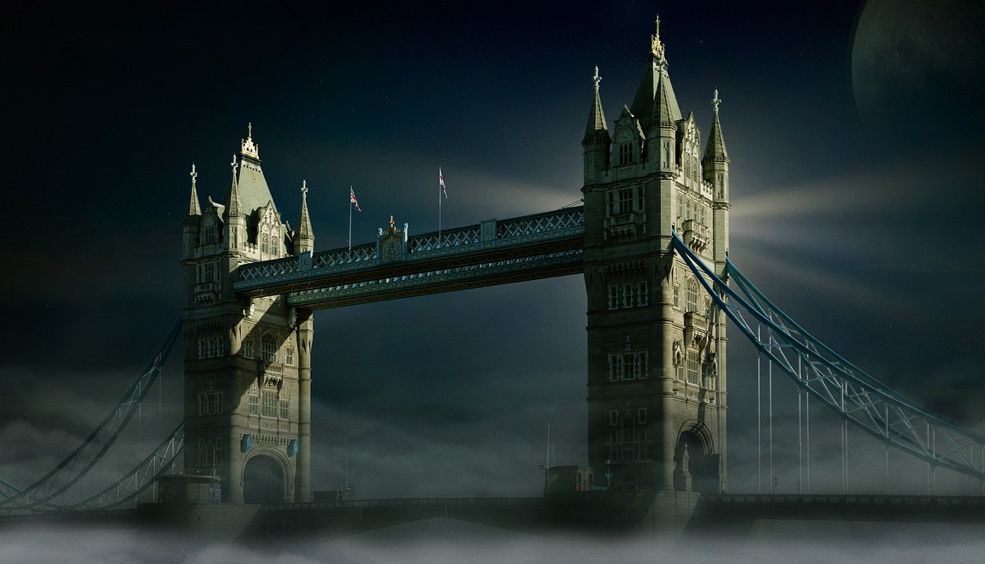10 PLACES TO GO WITH KIDS IN SPRING
A selection of family-friendly countries in Europe which are perfect for visiting with the kids this spring, by Mammaproof.
more infoTown of Dreams
The Hay Festival of Literature & Arts, to be held this year from 21 to 31 May, has its origins in the small Welsh town of Hay-on-Wye, some 50 kilometres from Cardiff. An annual event, it brings together writers, musicians, film-makers and other leading lights of the art world. The main goal of the festival is to open up channels of dialogue between the various cultural fields, an idea which has been exported to other countries and has prompted similar events in England, Spain, Colombia, Kenya, India, Mexico, the Lebanon and Hungary. Featuring over 900 activities spread over a ten-day period, its participants include some of the world’s finest intellectual talent.
Not Only Letters
The festival does not live by letters alone. It also hosts conferences and workshops on painting, social activism, medicine, sport and architecture. Notable, too, is the music scheduled for this year, offering live performances by London’s King Charles, a winner of the International Songwriting Competition, the Glasgow group Texas, whose twenty-five-year career is marked by the release of their disc, “Texas 25”, and the Touareg musical ensemble, Tinariwen, among many others.
A Festival For Children and Families
Hay Fever is the name by which the children’s version of the festival is known. Noteworthy scheduled activities include story-telling, illustration workshops tutored by the world’s leading story illustrators, puppet theatre and children’s concerts. Check out the varied programme for all ageshere.Hay-on-Wye is located in the Brecon Beacons National Park. It is the ideal starting point for viewing its stunning natural beauty and participating in open-air activities, like embarking on a panoramic cruise down the Monmouthshire and Brecon Canalor hiring a canoe to paddle along it with the whole family.
Hay-on-Wye – the Town of Books
Hay-on-Wye, the original, authentic town of books, has a charm all its own, as evinced in its houses and cottages. The town is packed with delightful bookshops, their shelves crammed with second-hand books. But, how did it actually become a magnet for book-lovers? It all started when Richard Booth, a bibliophile and Oxford graduate, turned up one day in this small town on the border between Wales and England with the firm intention to establish it as a world literary landmark. He purchased the fire station and castle and set up second-hand bookshops on the premises. The idea caught on quickly and other bookshops joined in, turning the town into a tourist destination for book enthusiasts. Hay-on-Wye, with a population of under 2,000 inhabitants, is currently estimated to house up to a million books.
Richard Booth still has his two bookshops in Hay-on-Wye. The largest of them, Richard Booth’s Bookshop, at 44 Lion Street, is a charming timber store including a cinema and cafe. The other one, Hay Castle Bookshop, is located in Hay Castle. One of its towers houses the large bookshop run by Booth’s wife, and there are umpteen metres of shelves crammed with books in the garden, too. Here, there are no shop assistants – you choose the book you want and put your money into the so-calledhonesty boxes.
Are you rearing to go? Check out our prices here!
Text: Scanner FM
Images: Stephen Cleary | Hannah Swithinbank
more infoGASTRONOMY IN PORTUGAL: A USEFUL LITTLE GUIDE ON THE SECRETS OF COD
Cod is a major institution in Portugal. Across the length and breadth of the country, you'll find it on every menu every day. Which is why we've prepared a useful little guide to help you learn more about this fish, including its history as well as the cultural and gastronomic aspects. And make no mistake… you'll be licking your fingers!
more infoEnjoy the spookiest Halloween ever. The best destinations in Europe!
Celebrate Halloween in one of the cities that we suggest in this post. If you love dark tourism and all things spooky, don’t miss these fang-tastic plans for 31 October (and the days around it!).
more info




